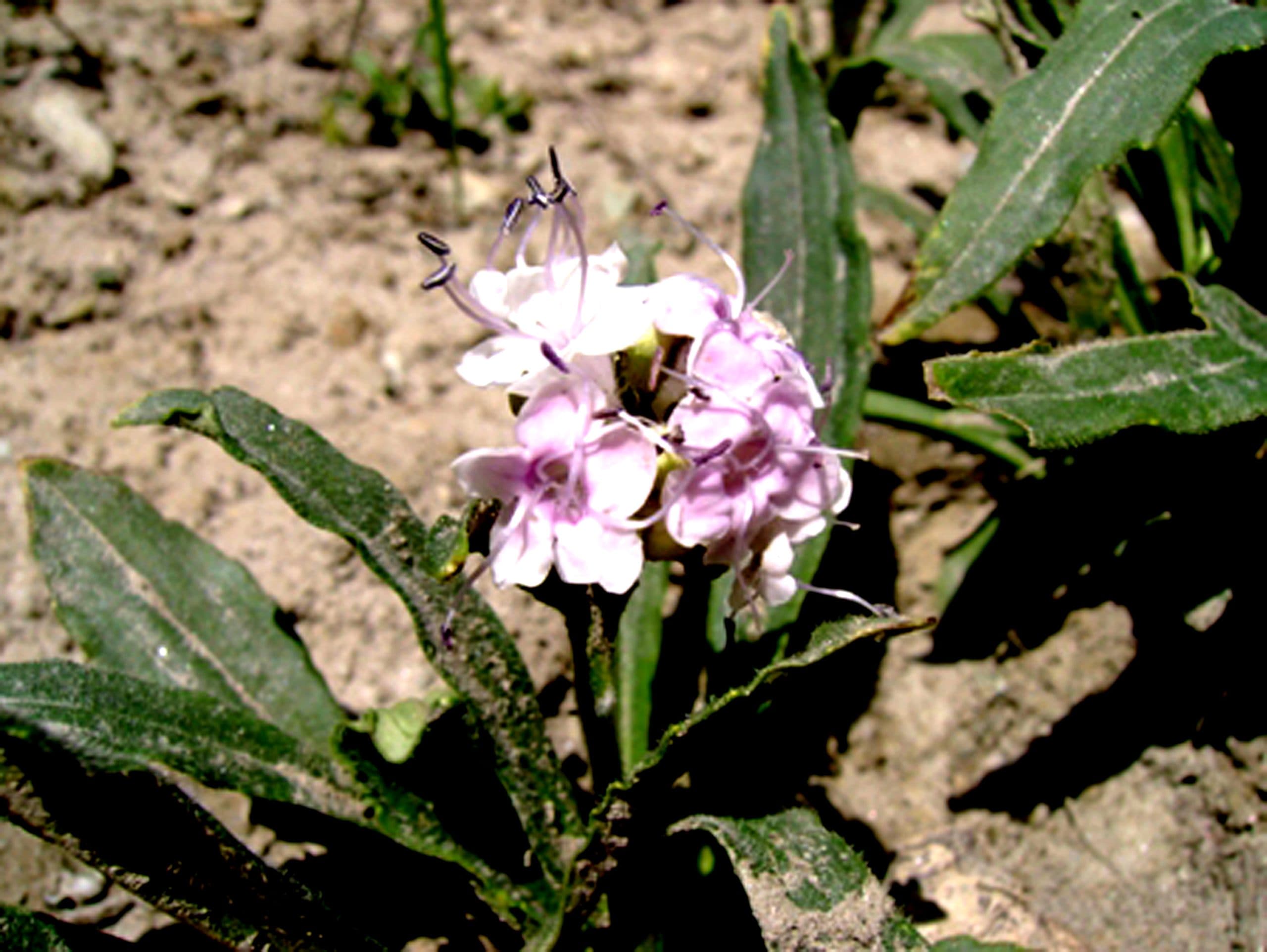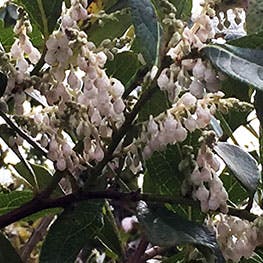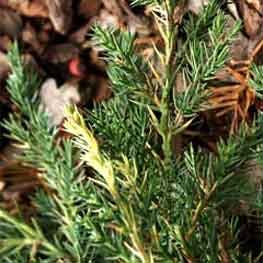
Products / Nepal Chamomile Oil

Nepal Chamomile Oil
Matricaria chamomilla L.
Traditional Use
While not indigenous to Nepal, Chamomile has adapted and thrives-growing happily in the flat southern terrai region not far from Buddha’s birthplace, as well as middle hills of Nepal. The crop is grown without pesticide or using any chemical fertilizers. It is not a part of the indigenous pharmacopia, but according to Himalayan doctors, its properties are soothing to the skin, good for indigestion, insomnia and relaxing the mind.Known in Nepali as Damini Ful, chamomile has long standing medicinal tradition especially in Europe. An excellent skin care remedy, Nepal Chamomile oil’s anti-inflammatory properties are greater than in Roman chamomile because of the higher percentage of azulene.A gentle sedative, safe for use with children, chamomile’s relaxing actions combat anxiety and insomnia. Chamomile can be used as a mouthwash, a gargle for sore throats and eye-bath for sore eyes. As an inhalation over a steam bath, it will speed recovery from nasal catarrh. Externally it will speed up wound healing and reduce swelling. Used tea bags or flower cream reduce inflammation and dark shadows under the eyes. A poultice may be applied to treat eczema and wounds. A flower decoction conditions and lightens fair hair. In baths it softens and whitens sun or wind-damaged skin. Chamomile’s anti-inflammatory, analgesic and disinfectant qualities treat diaper rash and soothe toothache. The flower compounds have shown anti-tumor activity in laboratory tests.Chamomile oil is obtained from the flowers with stalks of Marticaria chamomilla L. (syn. Chamomilla recutita Rauschert) through steam distillation. An absolute is also produced in small quantities, which is deeper blue in color and has greater tenacity and fixative properties.
Other Details
Packing
Aluminum containers and epoxy-lined metallic barrels 500g, 1 kg, 5 kg, 10 kg, 50 kg, 100 kg, capacities
Actions
Anti-spasmodic, carminative, anti-inflammatory, analgesic, antiseptic, vulnerary, aromatic bitter, diaphoretic, emmenagogue, nervine, sedative, tonic anti-allergenic, bactericidal, fungicidal, hepatic, nerve sedative, stomachic
Uses
- In cosmetics, perfumery and as flavoring agent
- Used in pharmaceutical antiseptic ointments and in carminative antisasmodic and tonic preparations.
- Extensively used in cosmetics, soaps, detergents, high class perfumes and hair and bath products. Non-toxic, non-irritant, causes dermatitis in some individuals








